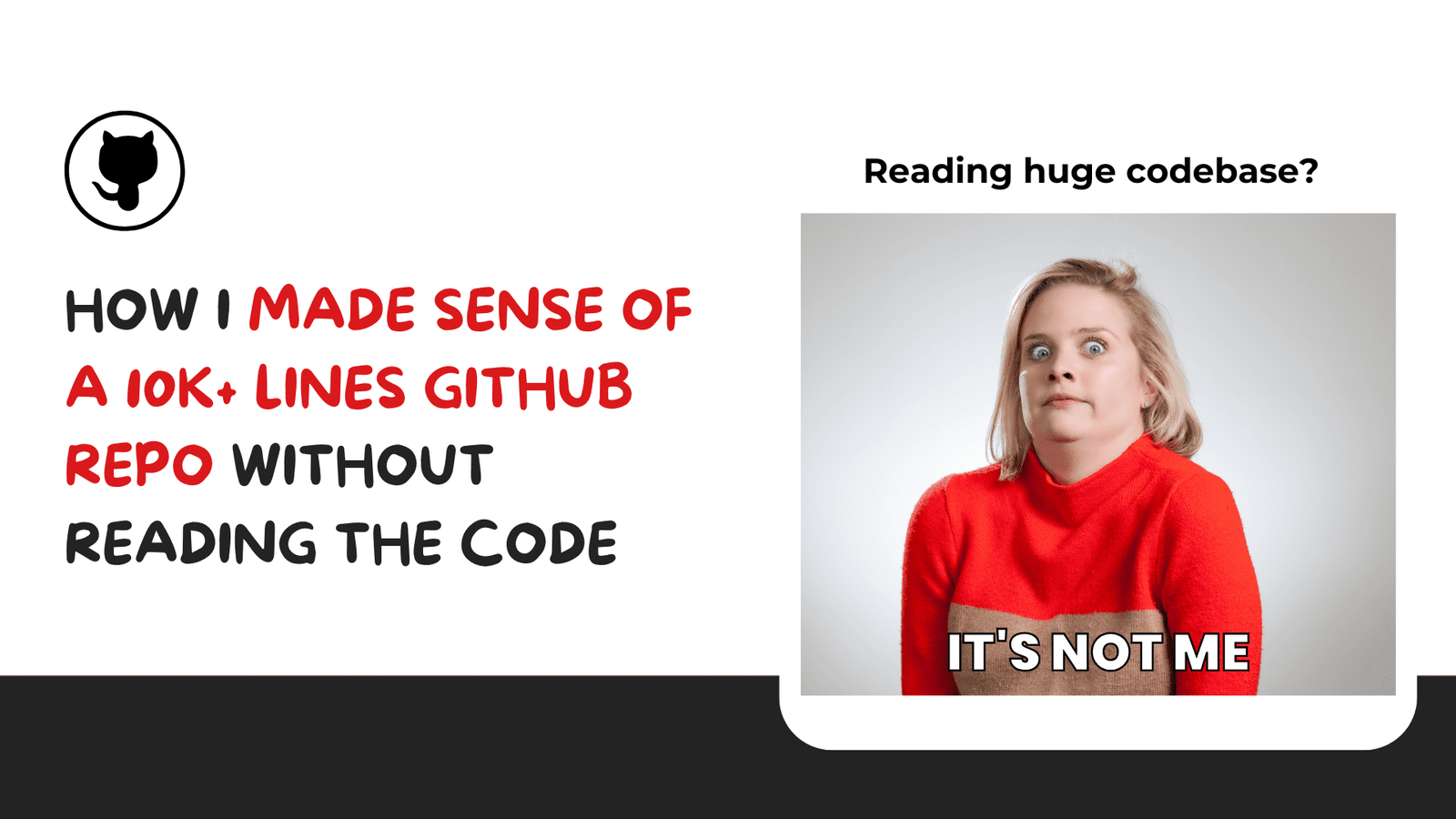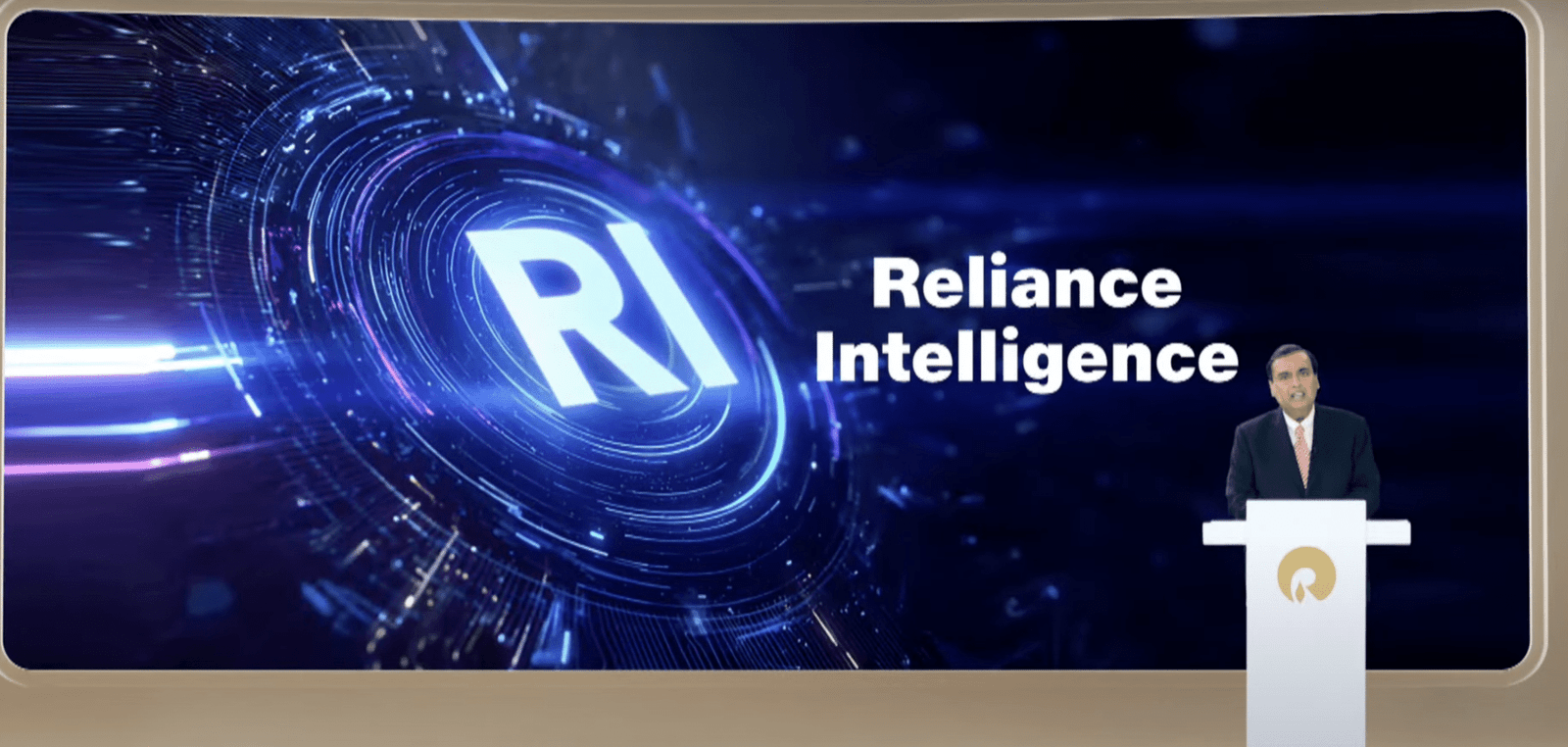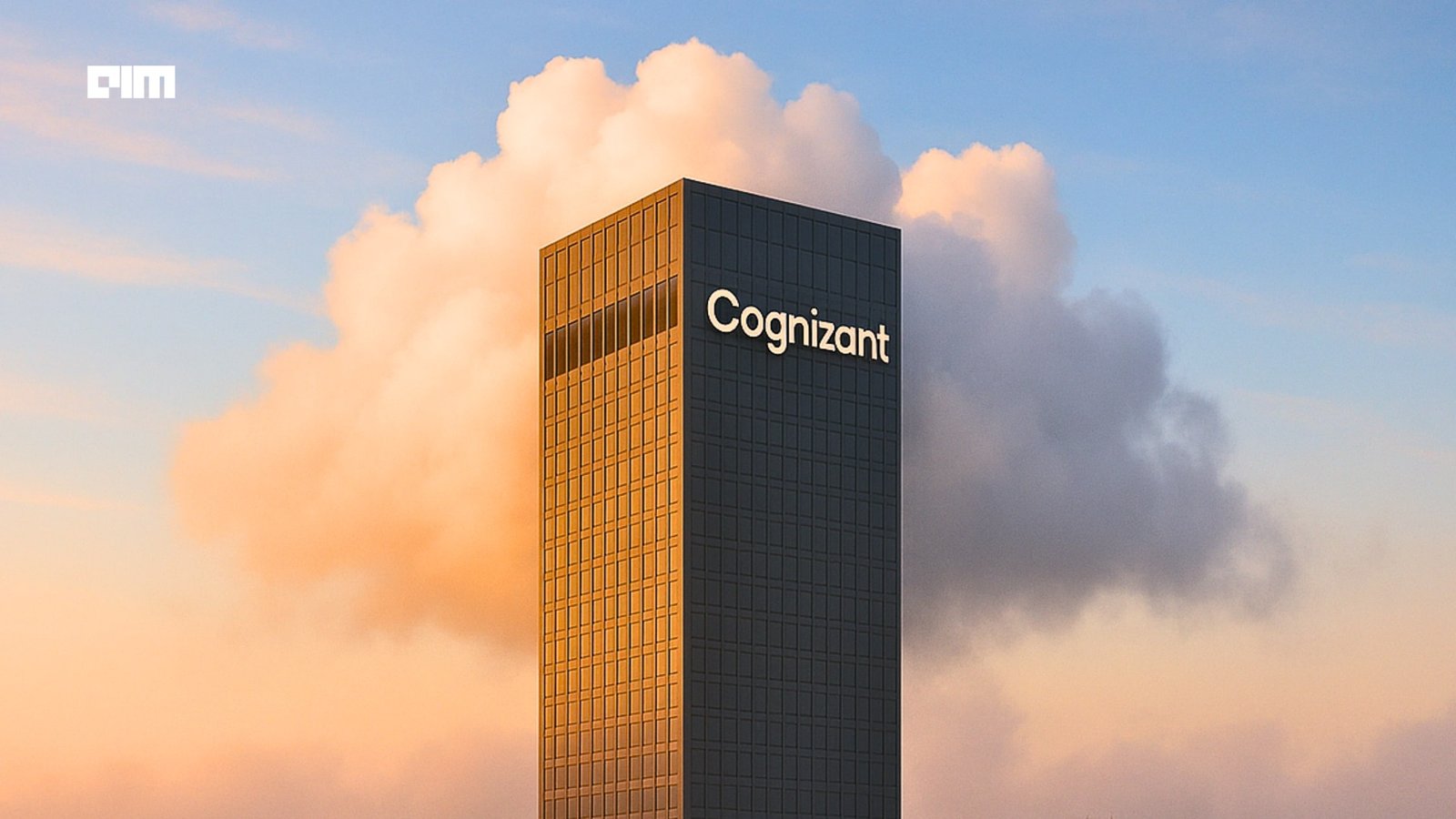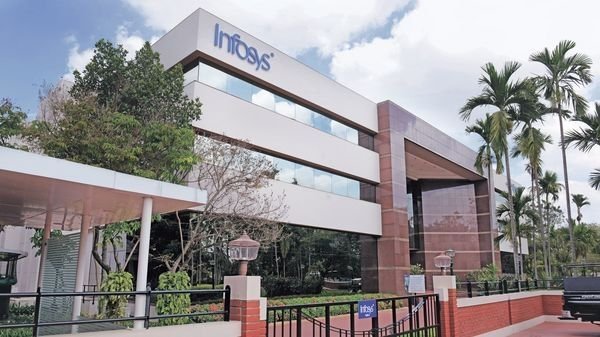Jobs & Careers
Make Sense of a 10K+ Line GitHub Repos Without Reading the Code


Image by Author | Canva
Navigating and understanding large codebases can be challenging, especially for new developers joining a project or when revisiting older repositories. Traditional methods of understanding code structures involve reading through numerous files and documentation, which can be time-consuming and error-prone. GitDiagram offers a solution by converting GitHub repositories into interactive diagrams, providing a visual representation of the codebase’s architecture. This tool helps in understanding complex systems, and enhancing collaboration among development teams. In this article, I will walk you through the step-by-step process of using GitDiagram locally. So, without any further wait, let’s get started.
Step-by-Step Guide to Using GitDiagram Locally
Step 1: Clone the GitDiagram repository
git clone https://github.com/ahmedkhaleel2004/gitdiagram.git
cd gitdiagram
Step 2: Install Dependencies
This fetches and installs dependencies into node_modules.
Before running pnpm install, make sure you have Node.js and pnpm installed globally.
- To install Node.js, download it from nodejs.org
- To install pnpm, run the following command:
Step 3: Set Up Environment Variables
Edit the .env file to include your OpenAI / Anthropic /OpenRouter API key and, optionally, your GitHub personal access token.
Step 4: Start Backend Services
docker-compose up --build -d
The FastAPI server will be available at localhost:8000. You will see the following message at the server side.
{"message":"Hello from GitDiagram API!"}
Step 5: Initialize the Database
Run the following commands to set up the database:
chmod +x start-database.sh
./start-database.sh
pnpm db:push
When prompted to generate a random password, input yes. The Postgres database will start in a container at localhost:5432.
Note: When I tried to run this command, I got this error:
sh: drizzle-kit: command not found
ELIFECYCLE Command failed.
WARN Local package.json exists, but node_modules missing, did you mean to install?
Turns out I hadn’t installed drizzle-kit. So if you see this, just run:
After that, pnpm db:push worked fine and gave me this output:
No config path provided, using default 'drizzle.config.ts'
Reading config file '/Users/kanwal/Desktop/gitdiagram/drizzle.config.ts'
Using 'postgres' driver for database querying
[✓] Pulling schema from database...
[✓] Changes applied
Step 6: Run the Frontend
You can now access the website at localhost:3000 and edit the rate limits defined in backend/app/routers/generate.py in the generate function decorator. Let’s try to visualize the github repo of the fastapi library.
Frontend Interface:

Output:

Concluding Thoughts
This is a great idea and a really useful repository. I’ve personally felt the need for something like this in my own projects, so I appreciate the effort and vision behind it.
That said, offering an unbiased opinion—there’s definitely room for improvement.
One recurring issue I ran into was:
Syntax error in text mermaid version 11.4.
According to the project owner ahmedkhaleel2004, this error usually means the LLM generated invalid Mermaid.js syntax.
I’ve tried addressing this issue in numerous ways, but ultimately, I find that there is no reliable fix—it’s mostly a limitation of the LLM. If there were a way to validate Mermaid.js code, that would help, but as of now, I’m not sure how.
He also noted that the current prompt (in `prompts.py`, specifically the third one that generates Mermaid code) already tries to enforce correct syntax—but it’s not foolproof, and new syntax issues still occur.
✅ A Solution I Found Online That Worked
While digging through the GitHub Issues, I came across a workaround shared by another user that actually worked for me:
Add this to the customize diagram prompt:Ignore the syntax issue from Mermaid version 11.4.1 and regenerate the remainder of the diagram.
Using that line helped bypass the error. Even though some components might still be missing, it at least produced a partial diagram—enough to give a high-level understanding of the codebase.
Kanwal Mehreen Kanwal is a machine learning engineer and a technical writer with a profound passion for data science and the intersection of AI with medicine. She co-authored the ebook “Maximizing Productivity with ChatGPT”. As a Google Generation Scholar 2022 for APAC, she champions diversity and academic excellence. She’s also recognized as a Teradata Diversity in Tech Scholar, Mitacs Globalink Research Scholar, and Harvard WeCode Scholar. Kanwal is an ardent advocate for change, having founded FEMCodes to empower women in STEM fields.
Jobs & Careers
‘Reliance Intelligence’ is Here, In Partnership with Google and Meta

Reliance Industries chairman Mukesh Ambani has announced the launch of Reliance Intelligence, a new wholly owned subsidiary focused on artificial intelligence, marking what he described as the company’s “next transformation into a deep-tech enterprise.”
Addressing shareholders, Ambani said Reliance Intelligence had been conceived with four core missions—building gigawatt-scale AI-ready data centres powered by green energy, forging global partnerships to strengthen India’s AI ecosystem, delivering AI services for consumers and SMEs in critical sectors such as education, healthcare, and agriculture, and creating a home for world-class AI talent.
Work has already begun on gigawatt-scale AI data centres in Jamnagar, Ambani said, adding that they would be rolled out in phases in line with India’s growing needs.
These facilities, powered by Reliance’s new energy ecosystem, will be purpose-built for AI training and inference at a national scale.
Ambani also announced a “deeper, holistic partnership” with Google, aimed at accelerating AI adoption across Reliance businesses.
“We are marrying Reliance’s proven capability to build world-class assets and execute at India scale with Google’s leading cloud and AI technologies,” Ambani said.
Google CEO Sundar Pichai, in a recorded message, said the two companies would set up a new cloud region in Jamnagar dedicated to Reliance.
“It will bring world-class AI and compute from Google Cloud, powered by clean energy from Reliance and connected by Jio’s advanced network,” Pichai said.
He added that Google Cloud would remain Reliance’s largest public cloud partner, supporting mission-critical workloads and co-developing advanced AI initiatives.
Ambani further unveiled a new AI-focused joint venture with Meta.
He said the venture would combine Reliance’s domain expertise across industries with Meta’s open-source AI models and tools to deliver “sovereign, enterprise-ready AI for India.”
Meta founder and CEO Mark Zuckerberg, in his remarks, said the partnership is aimed to bring open-source AI to Indian businesses at scale.
“With Reliance’s reach and scale, we can bring this to every corner of India. This venture will become a model for how AI, and one day superintelligence, can be delivered,” Zuckerberg said.
Ambani also highlighted Reliance’s investments in AI-powered robotics, particularly humanoid robotics, which he said could transform manufacturing, supply chains and healthcare.
“Intelligent automation will create new industries, new jobs and new opportunities for India’s youth,” he told shareholders.
Calling AI an opportunity “as large, if not larger” than Reliance’s digital services push a decade ago, Ambani said Reliance Intelligence would work to deliver “AI everywhere and for every Indian.”
“We are building for the next decade with confidence and ambition,” he said, underscoring that the company’s partnerships, green infrastructure and India-first governance approach would be central to this strategy.
The post ‘Reliance Intelligence’ is Here, In Partnership with Google and Meta appeared first on Analytics India Magazine.
Jobs & Careers
Cognizant, Workfabric AI to Train 1,000 Context Engineers

Cognizant has announced that it would deploy 1,000 context engineers over the next year to industrialise agentic AI across enterprises.
According to an official release, the company claimed that the move marks a “pivotal investment” in the emerging discipline of context engineering.
As part of this initiative, Cognizant said it is partnering with Workfabric AI, the company building the context engine for enterprise AI.
Cognizant’s context engineers will be powered by Workfabric AI’s ContextFabric platform, the statement said, adding that the platform transforms the organisational DNA of enterprises, how their teams work, including their workflows, data, rules, and processes, into actionable context for AI agents.Context engineering is essential to enabling AI a
Jobs & Careers
Mastercard, Infosys Join Hands to Enhance Cross-Border Payments

Infosys has announced a partnership with Mastercard to make cross-border payments faster and easier for banks and financial institutions.
The collaboration will give institutions quick access to Mastercard Move, the company’s suite of money transfer services that works across 200 countries and over 150 currencies, reaching more than 95% of the world’s banked population.
Sajit Vijayakumar, CEO of Infosys Finacle, said, “At Infosys Finacle, we are committed to inspiring better banking by helping customers save, pay, borrow and invest better. This engagement with Mastercard Move brings together the agility of our composable banking platform with Mastercard’s unmatched global money movement capabilities—empowering banks to deliver fast and secure cross-border experiences for every customer segment.”
Integration will be powered by Infosys Finacle, helping banks connect with Mastercard’s system in less time and with fewer resources than traditional methods.
Pratik Khowala, EVP and global head of transfer solutions at Mastercard, said, “Through Mastercard Move’s cutting-edge solutions, we empower individuals and organisations to move money quickly and securely across borders.”
The tie-up also comes at a time when global remittances are on the rise. Meanwhile, Anouska Ladds, executive VP of commercial and new payment flows, Asia Pacific at Mastercard, noted, “Global remittances continue to grow, driven by migration, digitalisation and economic development, especially across Asia, which accounted for nearly half of global inflows in 2024.”
He further said that to meet this demand, Mastercard invests in smart money movement solutions within Mastercard Move while expanding its network of collaborators, such as Infosys, to bring the benefits to a more diverse set of users.
Infosys said the partnership will help banks meet growing consumer demand for faster and safer payments.
Dennis Gada, EVP and global head of banking and financial services at Infosys, said, “Financial institutions are prioritising advancements in digital payment systems. Consumers gravitate toward institutions that offer fast, secure and seamless transaction experiences. Our collaboration with Mastercard to enable near real-time, cross-border payments is designed to significantly improve the financial experiences of everyday customers.”
The post Mastercard, Infosys Join Hands to Enhance Cross-Border Payments appeared first on Analytics India Magazine.
-
Tools & Platforms3 weeks ago
Building Trust in Military AI Starts with Opening the Black Box – War on the Rocks
-

 Ethics & Policy1 month ago
Ethics & Policy1 month agoSDAIA Supports Saudi Arabia’s Leadership in Shaping Global AI Ethics, Policy, and Research – وكالة الأنباء السعودية
-

 Events & Conferences3 months ago
Events & Conferences3 months agoJourney to 1000 models: Scaling Instagram’s recommendation system
-

 Jobs & Careers2 months ago
Jobs & Careers2 months agoMumbai-based Perplexity Alternative Has 60k+ Users Without Funding
-

 Funding & Business2 months ago
Funding & Business2 months agoKayak and Expedia race to build AI travel agents that turn social posts into itineraries
-

 Education2 months ago
Education2 months agoVEX Robotics launches AI-powered classroom robotics system
-

 Podcasts & Talks2 months ago
Podcasts & Talks2 months agoHappy 4th of July! 🎆 Made with Veo 3 in Gemini
-

 Business1 day ago
Business1 day agoThe Guardian view on Trump and the Fed: independence is no substitute for accountability | Editorial
-

 Podcasts & Talks2 months ago
Podcasts & Talks2 months agoOpenAI 🤝 @teamganassi
-

 Jobs & Careers2 months ago
Jobs & Careers2 months agoAstrophel Aerospace Raises ₹6.84 Crore to Build Reusable Launch Vehicle

